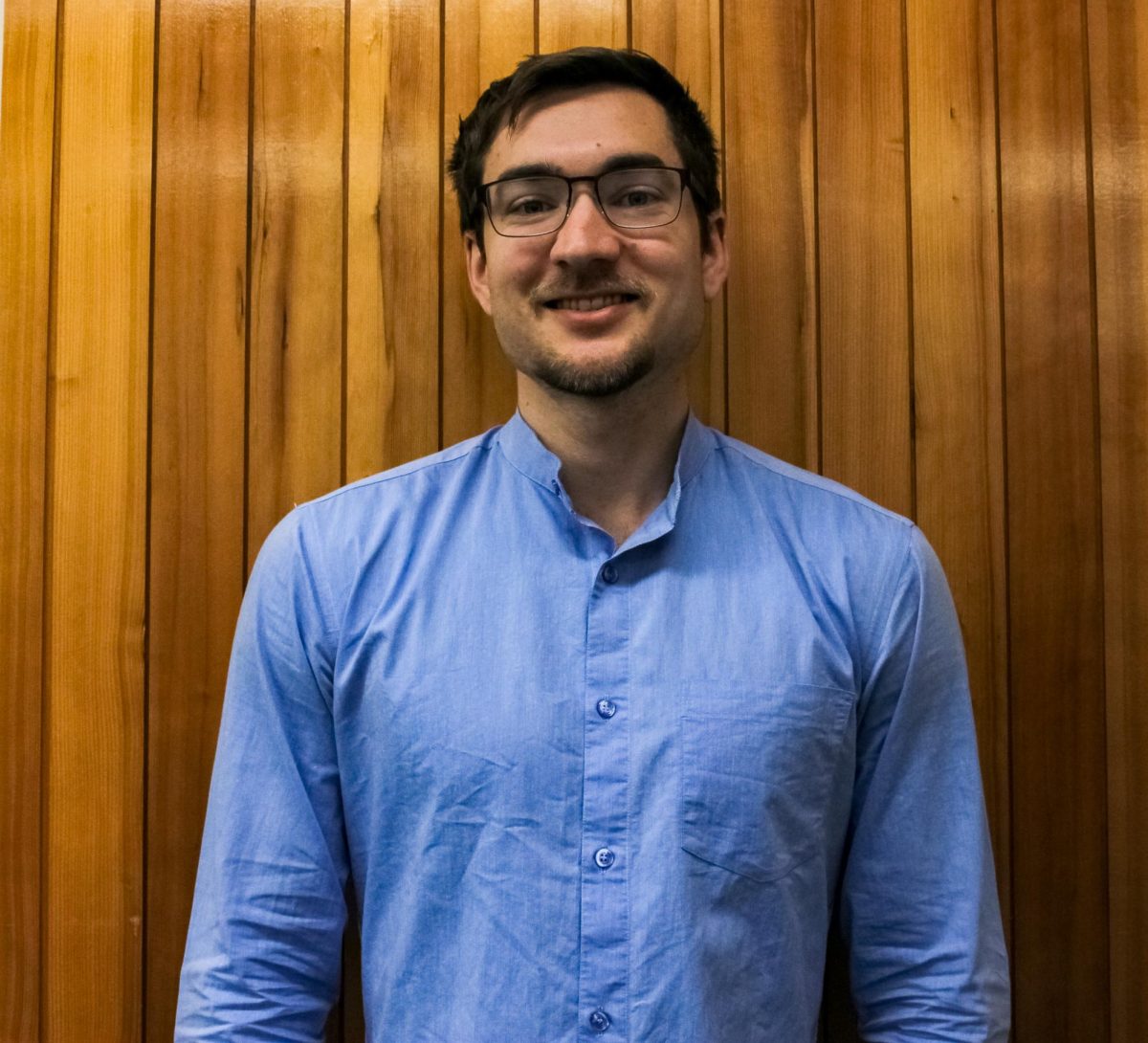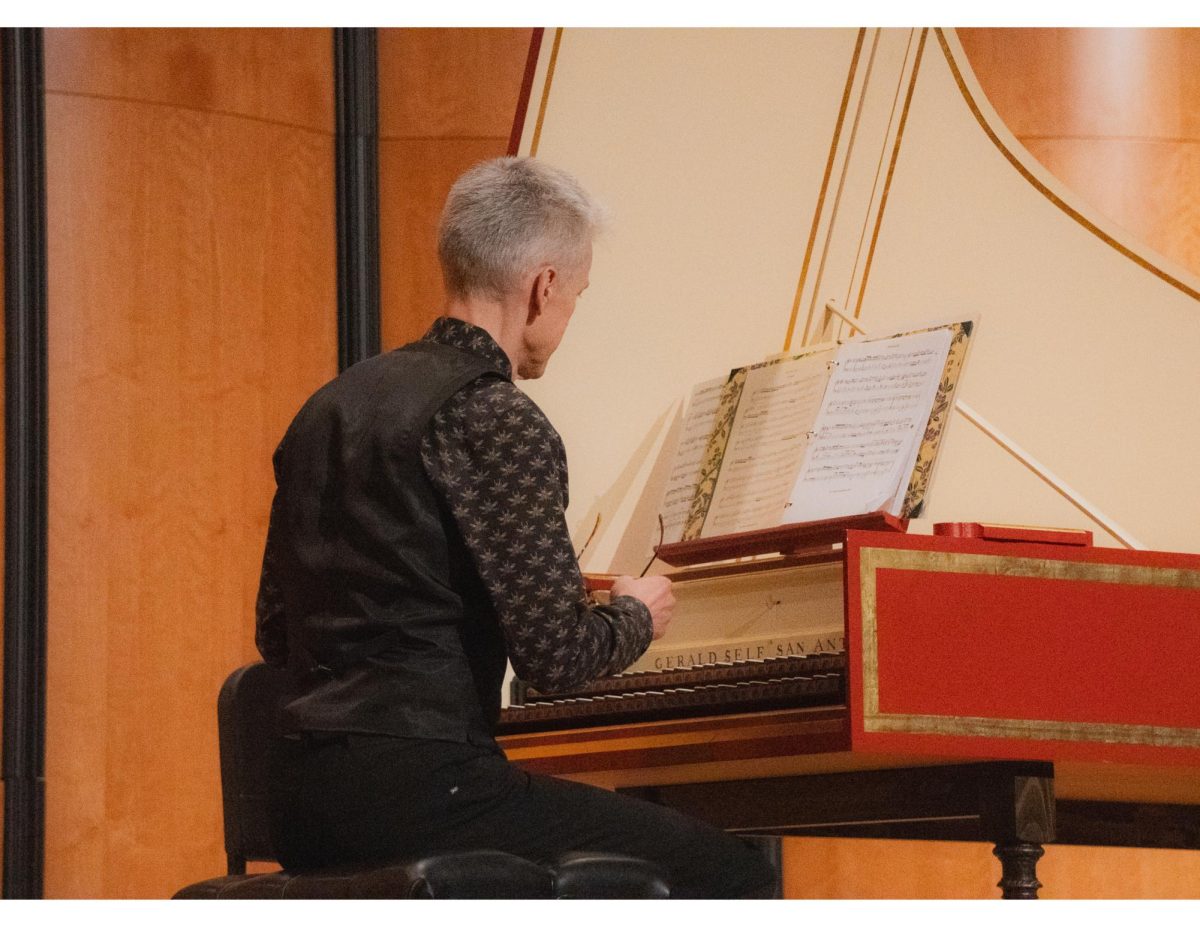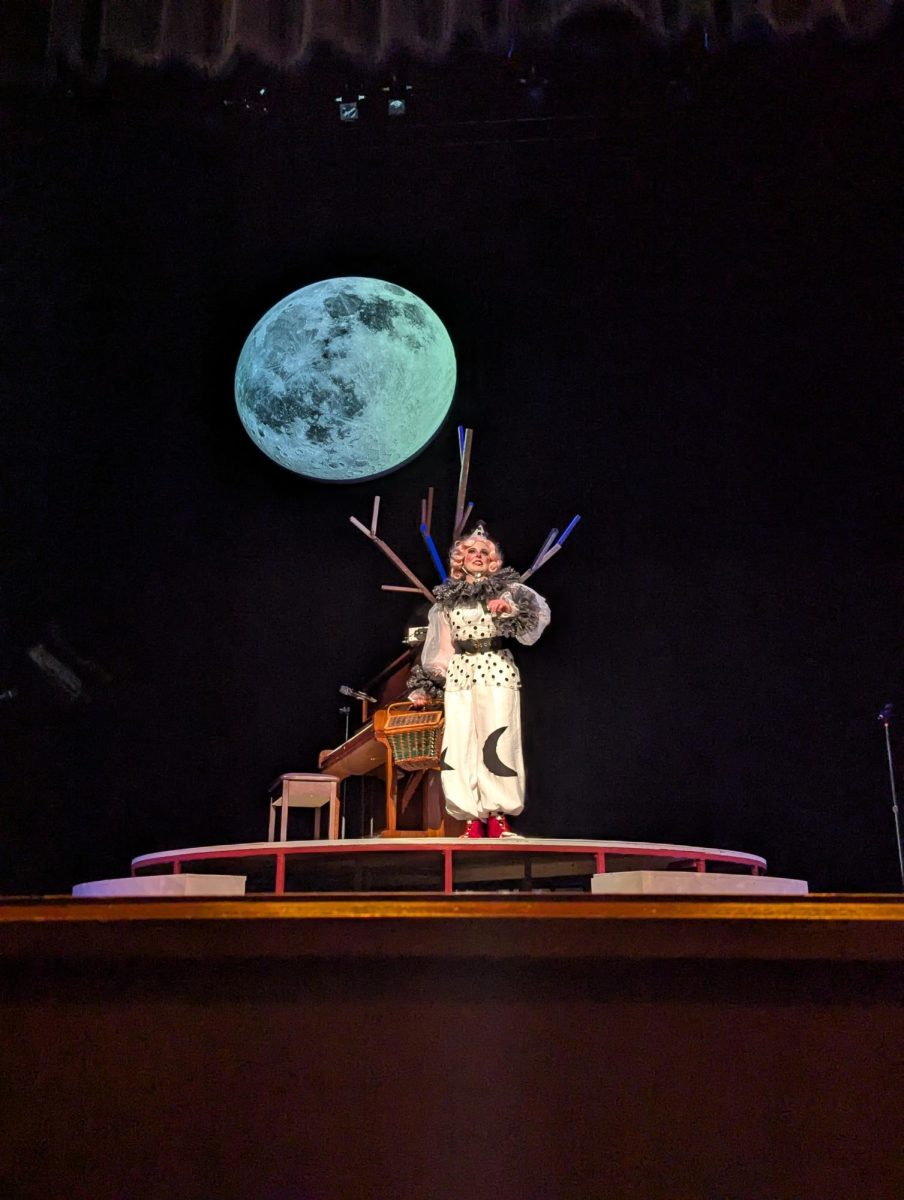Eerie music plays out of hidden speakers, the lights are dimmed low and all about the room people either speak with hushed voices or remain mute. Whether this willed silence is the result of astonishment or respect for the dead is impossible to tell, but it can be said that the Witte Museum’s newest exhibit, “Mummies of the World,” leaves a powerful impression.
“Mummies of the World” was released to the public last Saturday, Sept. 29, and will remain in San Antonio until Jan. 27. With over 40 different animal and human mummies, it is the largest accumulation of mummies and mummy artifacts ever placed on exhibit.
The true variety of these mummified beings is staggering. There is a dog that was left unmarred by bacteria in the confines of a cave, a fish that was almost perfectly preserved by a high salt content in the sea, the remains of a woman who was discovered in a peat bog and that’s just the beginning.
While there are many interesting mummies on display hailing from many different regions and eras, I would say that the true star of the exhibit is the Detmold Child. This Peruvian child is both the oldest and one of the youngest mummies on display. It died around 6,500 years ago, and it was only 10 months old. The preservation was so effective that scientists were able to discover that it had problems with its heart and lungs.
The information provided at the exhibit is perhaps as interesting as the mummies themselves. By paying an extra five bucks for an audio tour, I learned about the Arabic origins of the word mummy, the causes of death for many of the specimens on display and the extra accoutrements the Egyptian embalmers provided for their high class citizens for use in the afterlife.
As I scanned the torn pages of The Book of the Dead, scrawled delicately on a woven sheet of papyrus, I learned about the Egyptians’ obsession with the preservation of the body and how it was in many ways central to their culture. I wondered then if they would have found solace in the fact that these portions of their legacy have remained intact and will continue to remain for many years to come.
Though I’ve seen mummies before, usually on a school field trip or in an ever-so-accurate Hollywood film, I’ve never really been affected in quite the same way as I was while at this exhibit. Looking at their forms, either naturally preserved by extreme environment or intentionally preserved by embalmers, evoked a sense of both the longevity and the fleeting nature of existence.
Though their faces have been inanimate for hundreds and sometimes thousands of years, I can almost see an expression forming on them. These were people at one time, alive and probably experiencing love, depression, boredom and hatred similar to that which we experience today. They have passed on, yet these bodily edifices of their existence remain.
Learn more information at http://mow2.studiobanks.us/






